The big little revolution
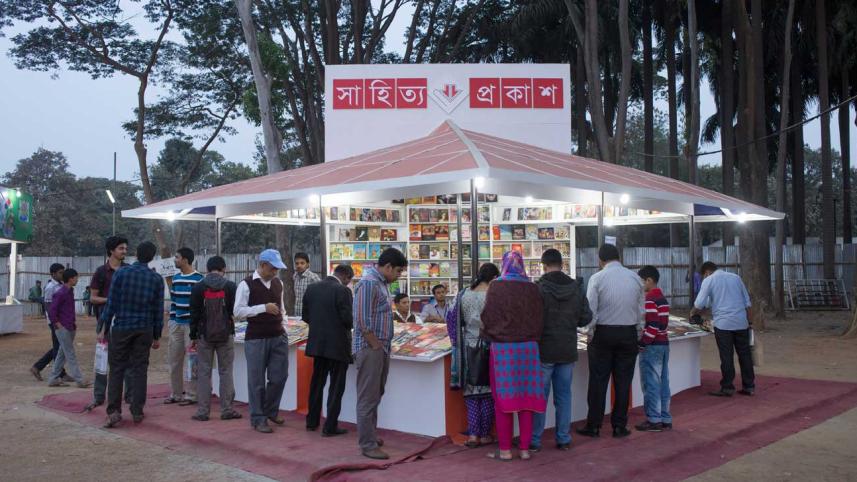
This year's Boi Mela, like those in previous years, has dedicated an entire section to little magazines. The Little Magazine Corner, in the premises of Bangla Academy, features numerous stalls and several dozens of such publications. Crowds flock to the book fair, and many people visit this section with much fervour. Little magazines comprise of a niche like no other.
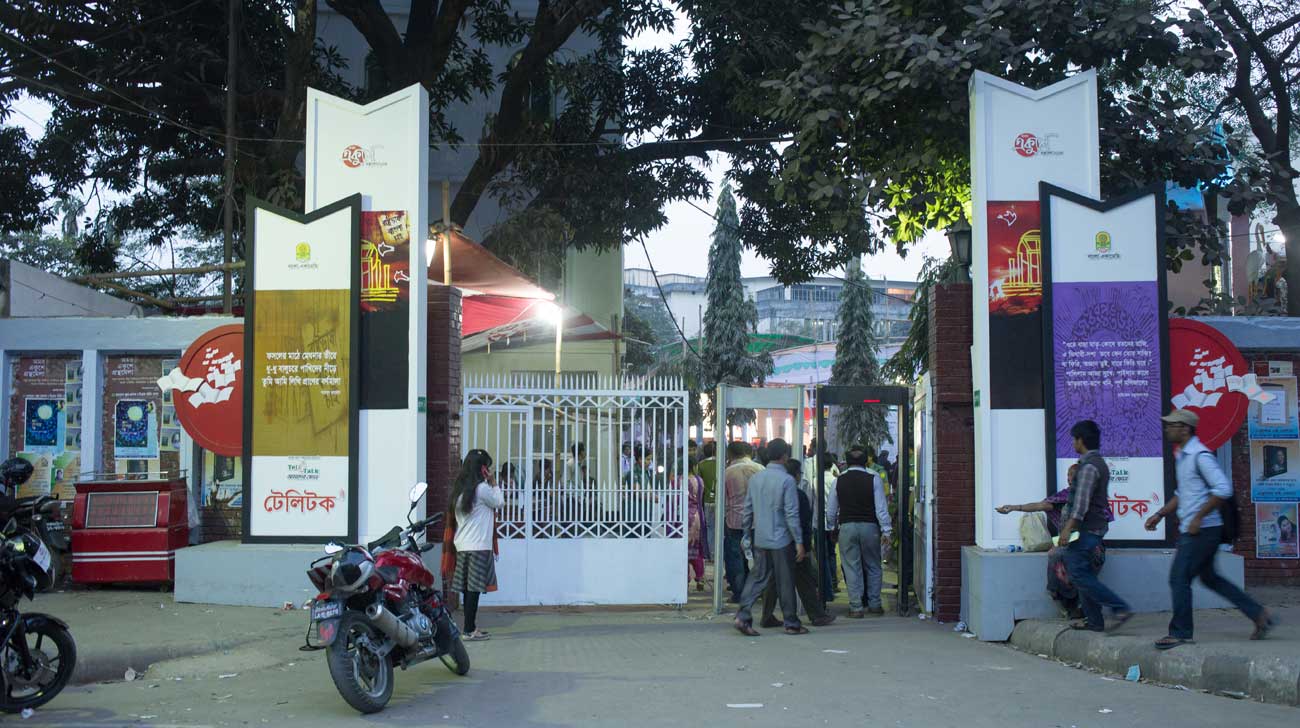
The little magazine movement
A little magazine is devoted to literature, publishing short stories, translations, poems, essays et al. The non-commercial little magazine, also called literary magazine , contrasts itself with the mainstream and commercial ones. They often publish non-conformist views and experimental literary styles that would usually be shunned by mainstream ones.
Therefore, little magazines are in a continuous revolution, called the little magazine movement -- working as a medium of parallel
literature and as an alternative to mainstream and commercial writings which are bound by social and other various circumstances.
Although they are called little magazines, the layout and format may be like that of a book too. To exemplify, there are little magazines in the form of books, perhaps a collection of poems by one author.
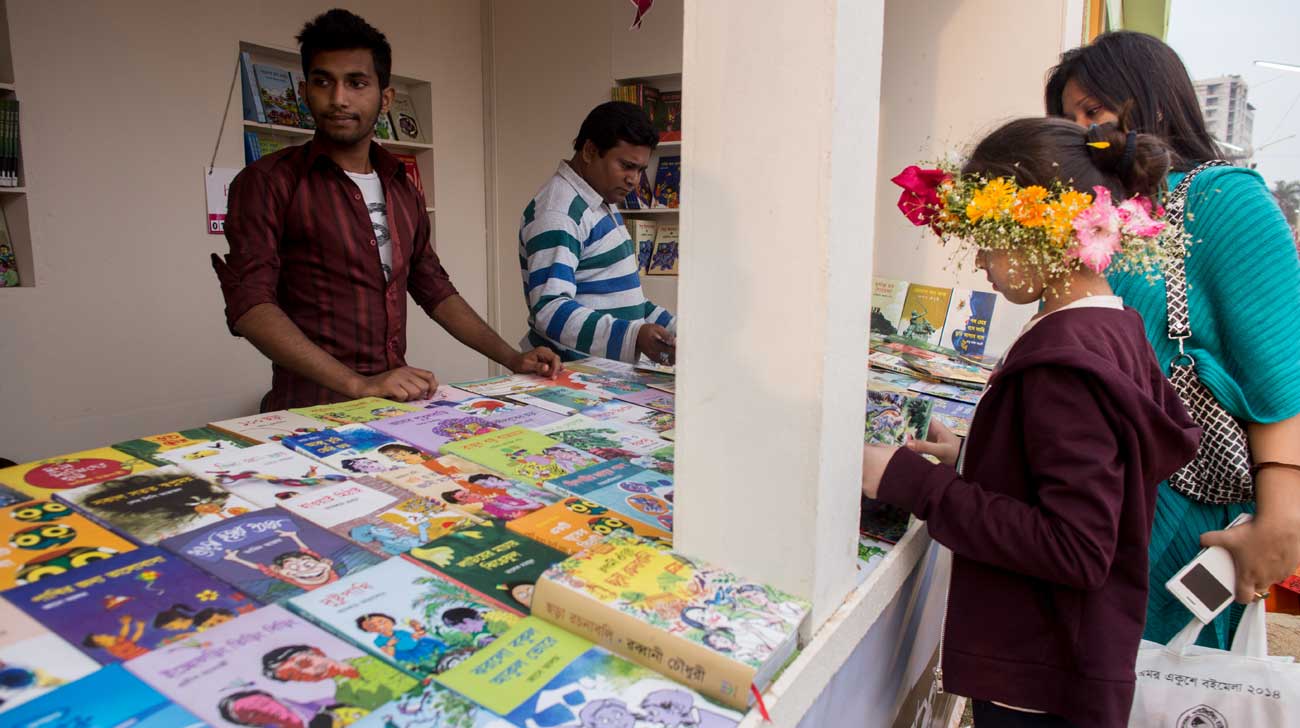
For the love of literature
For an aspiring writer who wishes to devote his life and work to literature, little magazines are a medium of choice. Navil Maandar is a poet and one of the members of ‘Jangshone’, little magazine. He expressed his views on why he enjoys writing in little magazines. "They give writers absolute freedom. They allow abundant opportunity for creativity and experimentation. They don't avoid publishing things that may not be commercially valuable, controversial or experimental. If your writing is a good work of literature, little magazines will be glad to print it," he said.
Literary magazines are indeed a platform for aspiring writers. Anupranan, for example, is a little magazine that is published every 3 months. One of its aims is to publish works of new and unknown writers, to give them a platform for their writing. "We are in search of good writers," Choity Ahmed, a poet and a member of the editorial team of this little magazine informed. "We rigorously filter out all the submissions and print works that are original and unique in nature. We also sometimes print works of senior authors too, so that the struggling ones can properly judge their own works and improve themselves."
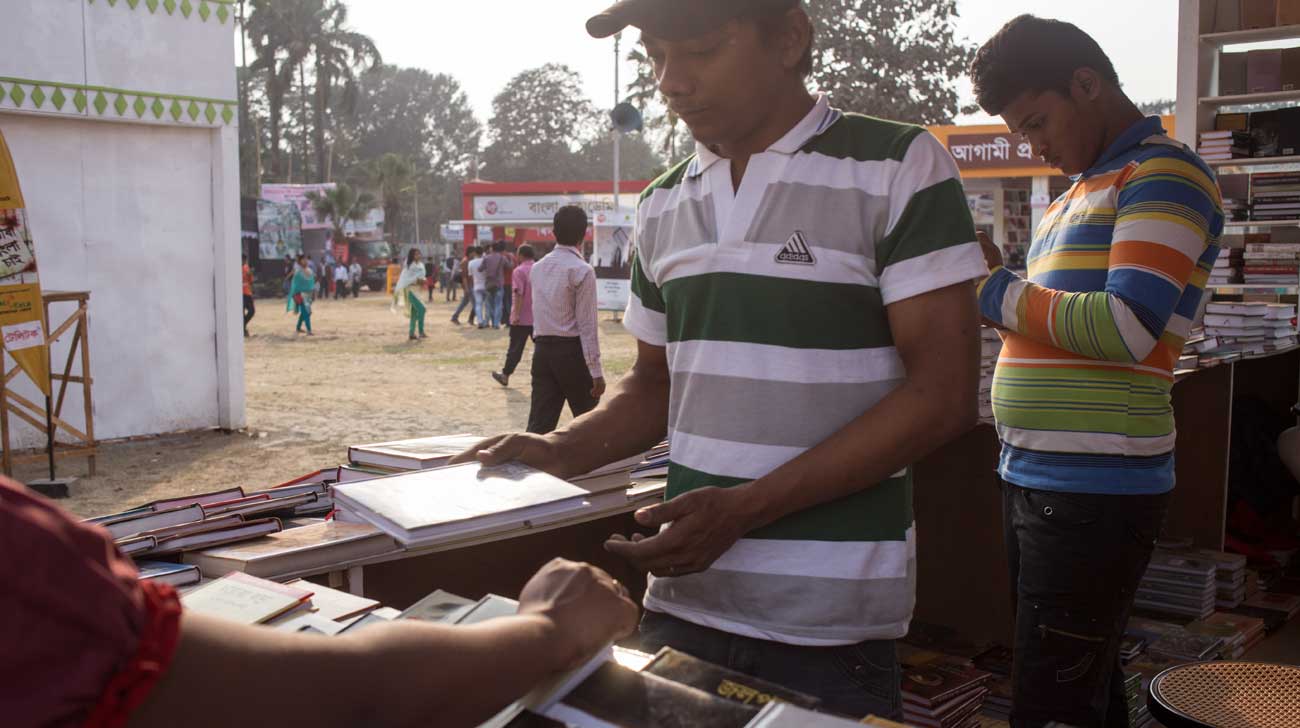
Glimpses of worlds unknown
How much does the name of the author matter when we buy books? Highly celebrated creative people -- be it authors, painters, musicians and so on -- draw large crowds and may even charge a premium for their creative outputs. But beyond all that, there are readers who pick up a book just for the sake of the writing itself, not lured by the brand value an author has.
People buy little magazines because of the originality and distinctiveness of the plots, subjects, themes, styles, etc. Since little magazines are written mostly by authors who are relatively unknown and who enjoy producing experimental writings without worrying about any constraints or the urge to draw any commercial benefit, they provide very unusual reads. And that is a prime reason why people enjoy reading them.
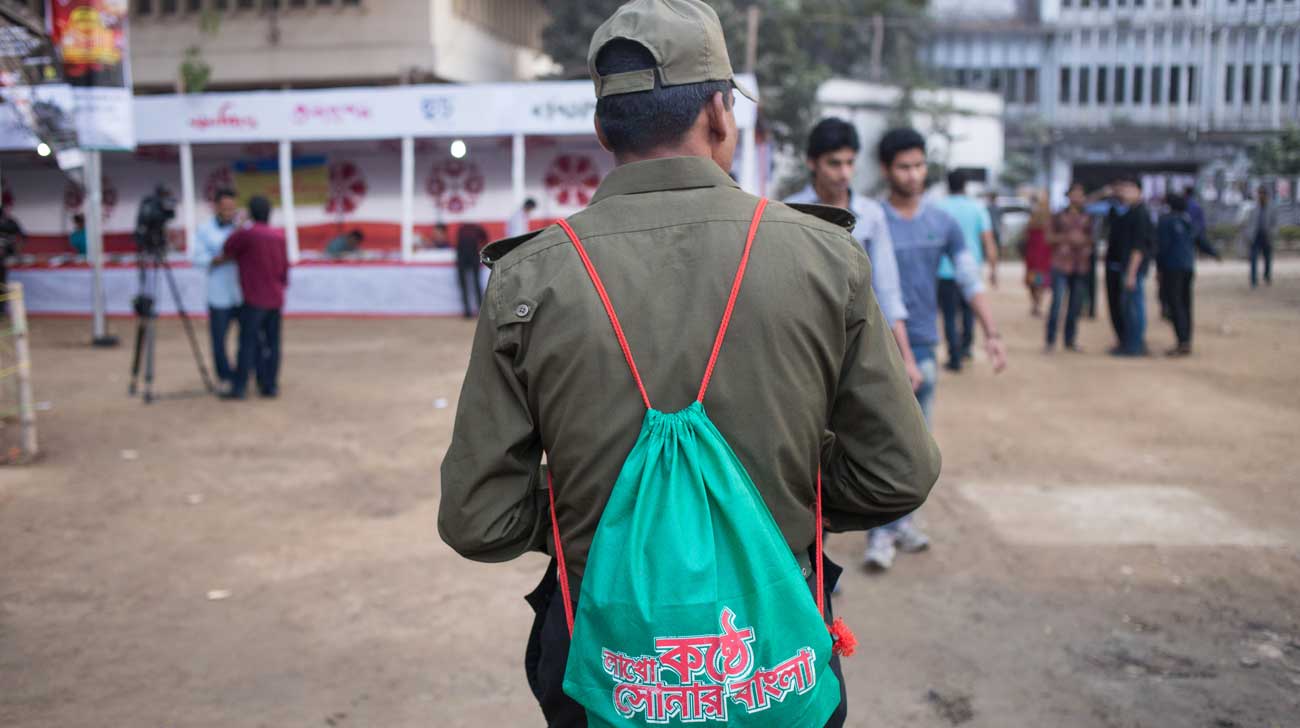
Through thick and thin
Not having any monetary incentive poses a problem: where does funding come from? After all, publishing requires money. This money mainly comes from contributions of those involved in this community: writers, editors and readers, through buying little magazines. Sometimes, the founder is the patron, providing money for the little magazine movement.
Sometimes, the going gets tough: there are instances where issues are dropped due to lack of funding. Sustainability becomes a challenge. The little magazine movement, through thick and thin however, continues to survive.
The Little Magazine Corner provides some refreshingly original reads. Therefore, when you go to Boi Mela, make sure to check out some little magazines for some unique, experimental and creative works of literature.
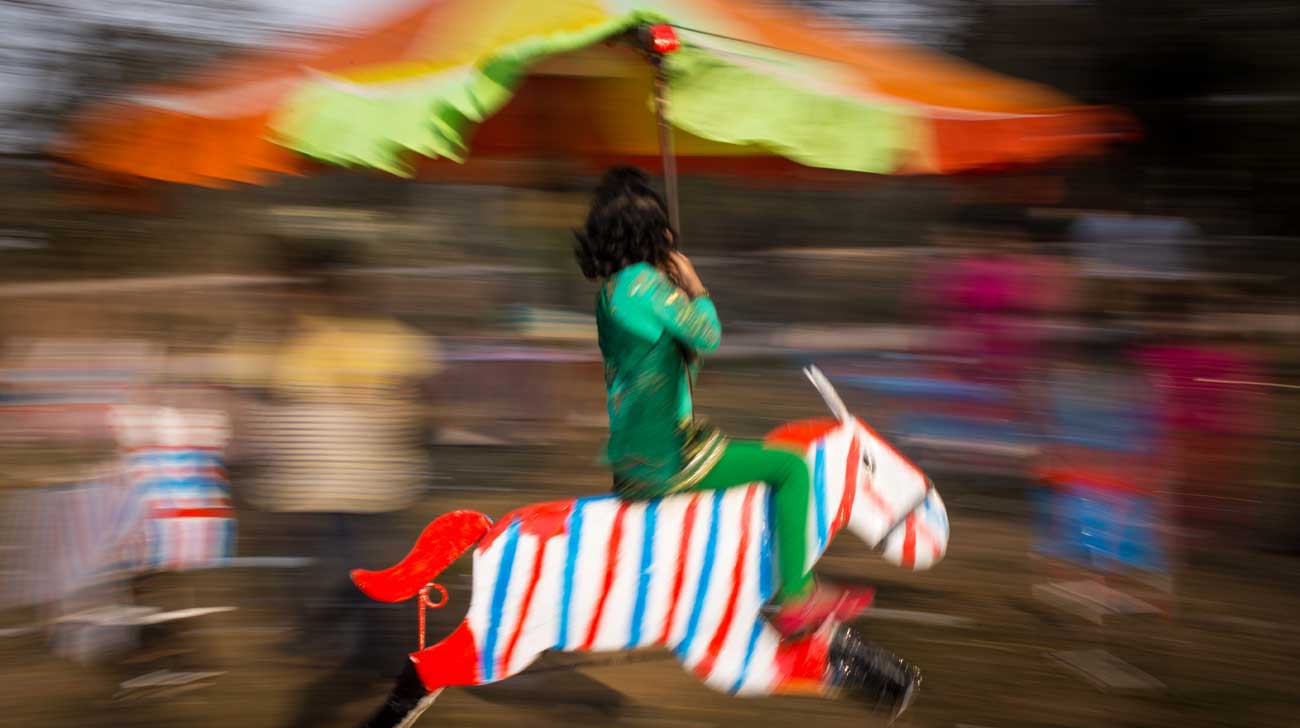
Photo: Shahrear Kabir Heemel
 For all latest news, follow The Daily Star's Google News channel.
For all latest news, follow The Daily Star's Google News channel.